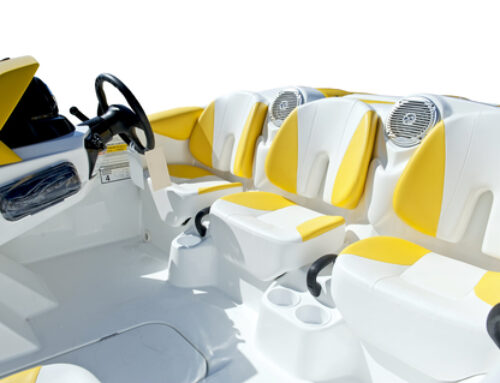Gulf Islands National Seashore decision impacts PWCs
Personal watercraft (PWC) owners won and lost in the National Park Service decision announced in August regarding access to the Gulf Islands National Seashore (GUIS). GUIS comprises sections of shoreline near Pensacola, Fla. and Pascagoula, Miss., offering pristine beaches and shorelines. The final decision on these regulations ends a nearly 20-year history of opposition to PWCs in national parks. GUIS is the last of the 21 parks to complete its review of PWC regulations.
Key points of the GUIS decision on PWC access:
•All PWCs will be allowed in the park. The Park Service did not adopt the most stringent option listed in the Environmental Impact Statement, which would have banned all PWCs that did not meet 2010 EPA emission standards.
•Under the new regulations, riders must go at no-wake speed when within 300 yards from shore in the Mississippi portion of the park and within 150 yards within the Florida portion of the park. These setbacks are unique to PWCs. The no-wake zone for other boats is 100 feet from shore and fixed structures, the same as all other national parks. Until the new setbacks are officially recorded, no-wake zones will be within 300 yards from shore everywhere in the park, except around two islands designated as wilderness areas where the offset increases to half a mile.
•Riders can no longer beach their PWC up to the mean high tide line of Petit Bois and Horn islands. Located between eight and 11 miles offshore of Pascagoula, Miss., these wilderness areas are pristine. Boaters often stay for the day and raft up, and camping also is popular. PWC riders have the same access to the islands as other boaters, but now must anchor as other boats do.
 TEXTILES.ORG
TEXTILES.ORG 





